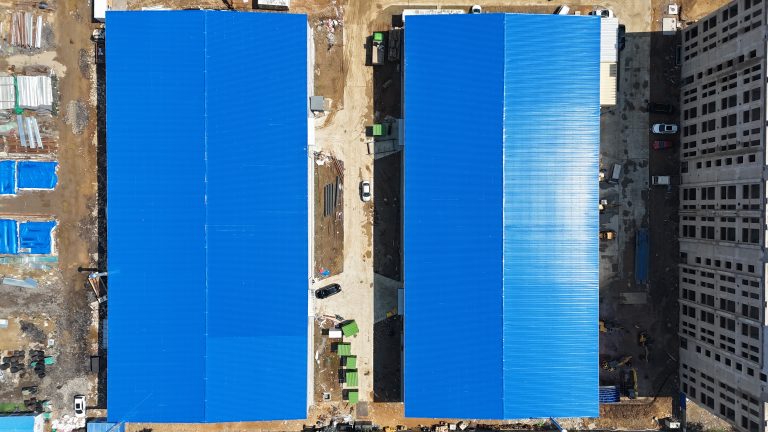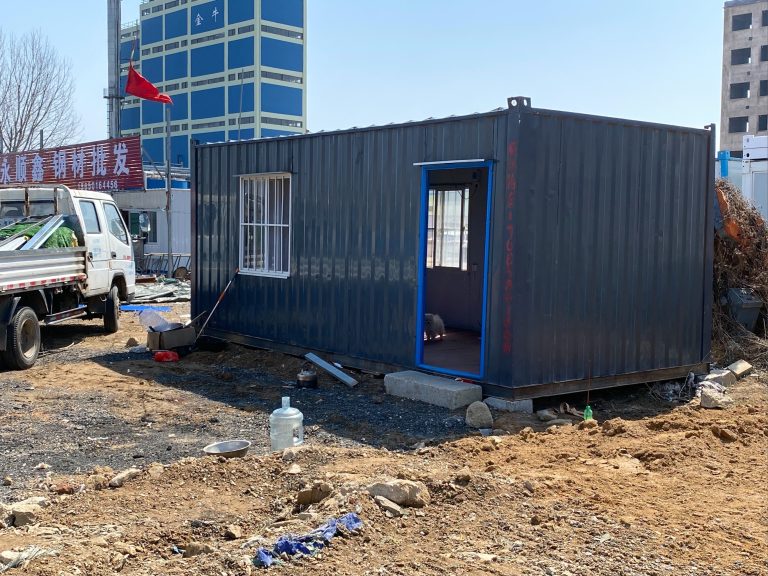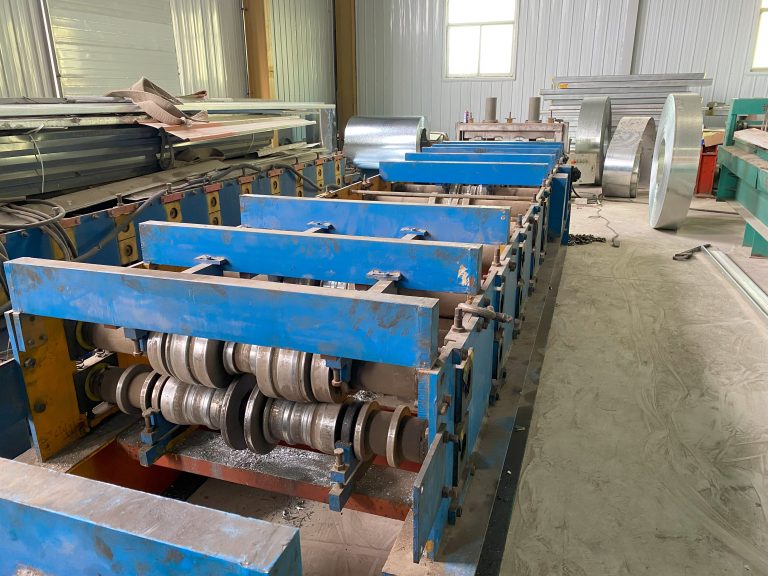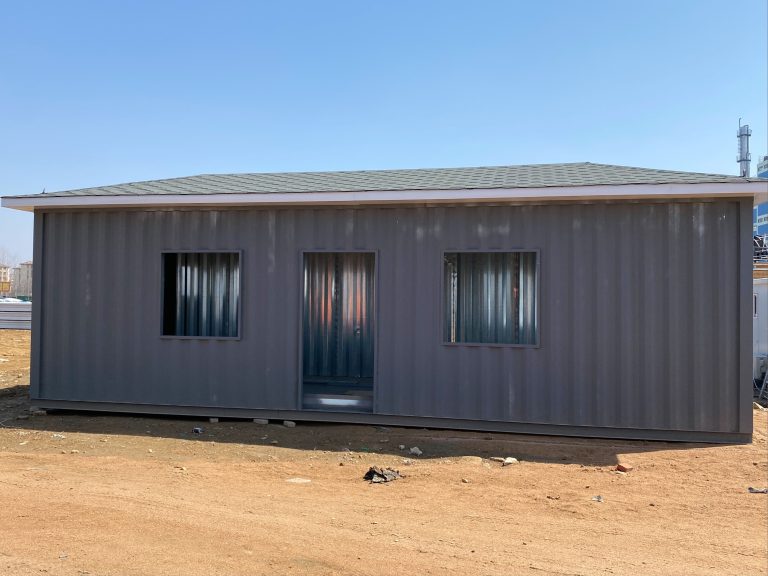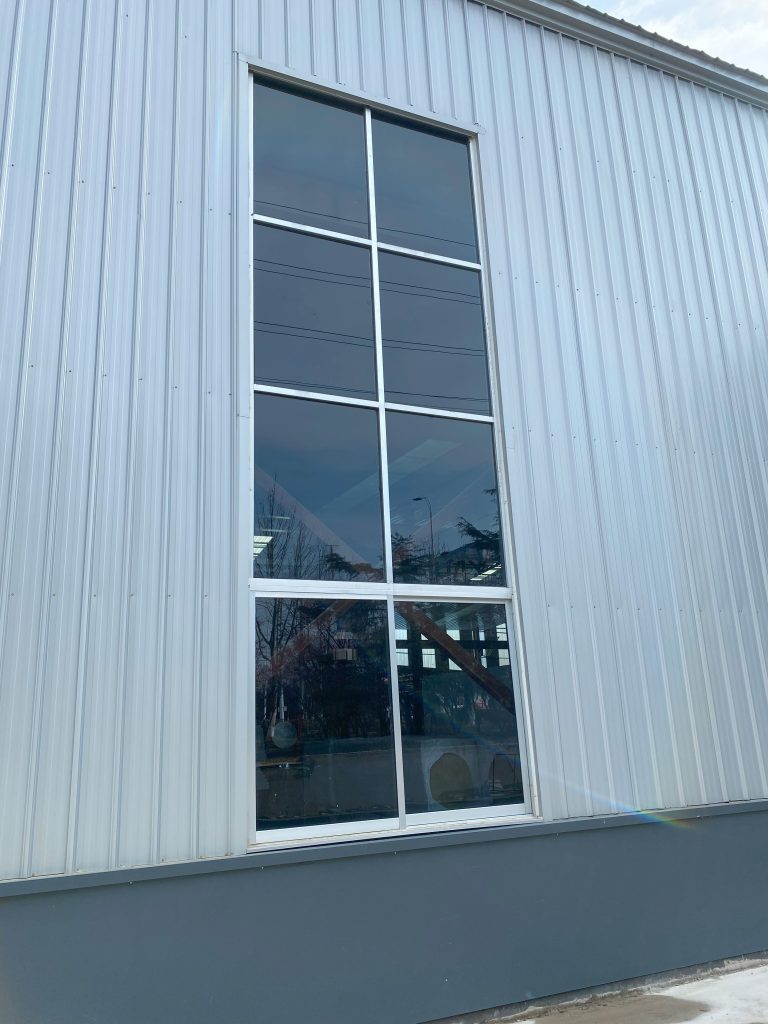Market potential and demand of steel structure in residential construction
Table of Contents
Growing Demand for Steel Structure in Residential Construction
Steel structures have long been a popular choice for commercial and industrial buildings due to their durability, strength, and cost-effectiveness. However, in recent years, there has been a growing demand for steel structures in residential construction as well. This shift can be attributed to a variety of factors, including the increasing popularity of modern and minimalist design aesthetics, as well as the desire for homes that are more sustainable and energy-efficient.
One of the key advantages of steel structures in residential construction is their strength and durability. Steel is a highly resilient material that can withstand extreme weather conditions, such as high winds and earthquakes, making it an ideal choice for homes in areas prone to natural disasters. Additionally, steel structures are resistant to pests, such as termites, which can cause significant damage to traditional wood-framed homes.
Another factor driving the demand for steel structures in residential construction is their cost-effectiveness. While steel may have a higher upfront cost compared to traditional building materials, such as wood or concrete, it offers long-term savings in terms of maintenance and repairs. Steel structures are less susceptible to warping, cracking, and rotting, which can lead to costly repairs over time. Additionally, steel is a recyclable material, making it a more sustainable option for environmentally conscious homeowners.
In addition to their strength and cost-effectiveness, steel structures also offer flexibility in design. Steel can be easily molded and shaped into a variety of architectural styles, allowing homeowners to create unique and modern living spaces. Steel structures can also support larger open floor plans and higher ceilings, creating a sense of spaciousness and airiness in residential buildings.
As the demand for steel structures in residential construction continues to grow, so too does the market potential for steel manufacturers and suppliers. The global steel market is projected to reach a value of $1.01 trillion by 2025, with the construction industry accounting for a significant portion of this growth. In particular, the residential construction sector is expected to drive demand for steel structures, as more homeowners seek out durable, sustainable, and cost-effective building materials.
To capitalize on this growing market potential, steel manufacturers and suppliers must continue to innovate and develop new technologies to meet the evolving needs of the residential construction industry. This includes investing in research and development to improve the strength, durability, and energy efficiency of steel structures, as well as exploring new design possibilities to cater to the preferences of modern homeowners.
In conclusion, the market potential and demand for steel structures in residential construction are on the rise, driven by factors such as strength, durability, cost-effectiveness, and design flexibility. As the global steel market continues to grow, steel manufacturers and suppliers have a unique opportunity to capitalize on this trend by offering innovative and sustainable building solutions for the residential construction sector. By staying ahead of the curve and meeting the changing needs of homeowners, the steel industry can continue to thrive in the competitive world of residential construction.
Exploring the Market Potential of Steel Structure in Residential Construction
Steel structures have long been a popular choice for commercial and industrial buildings due to their durability, strength, and cost-effectiveness. However, in recent years, there has been a growing interest in using steel structures in residential construction as well. This shift is driven by a number of factors, including the increasing demand for sustainable and energy-efficient building materials, as well as the desire for homes that can withstand natural disasters such as earthquakes and hurricanes.
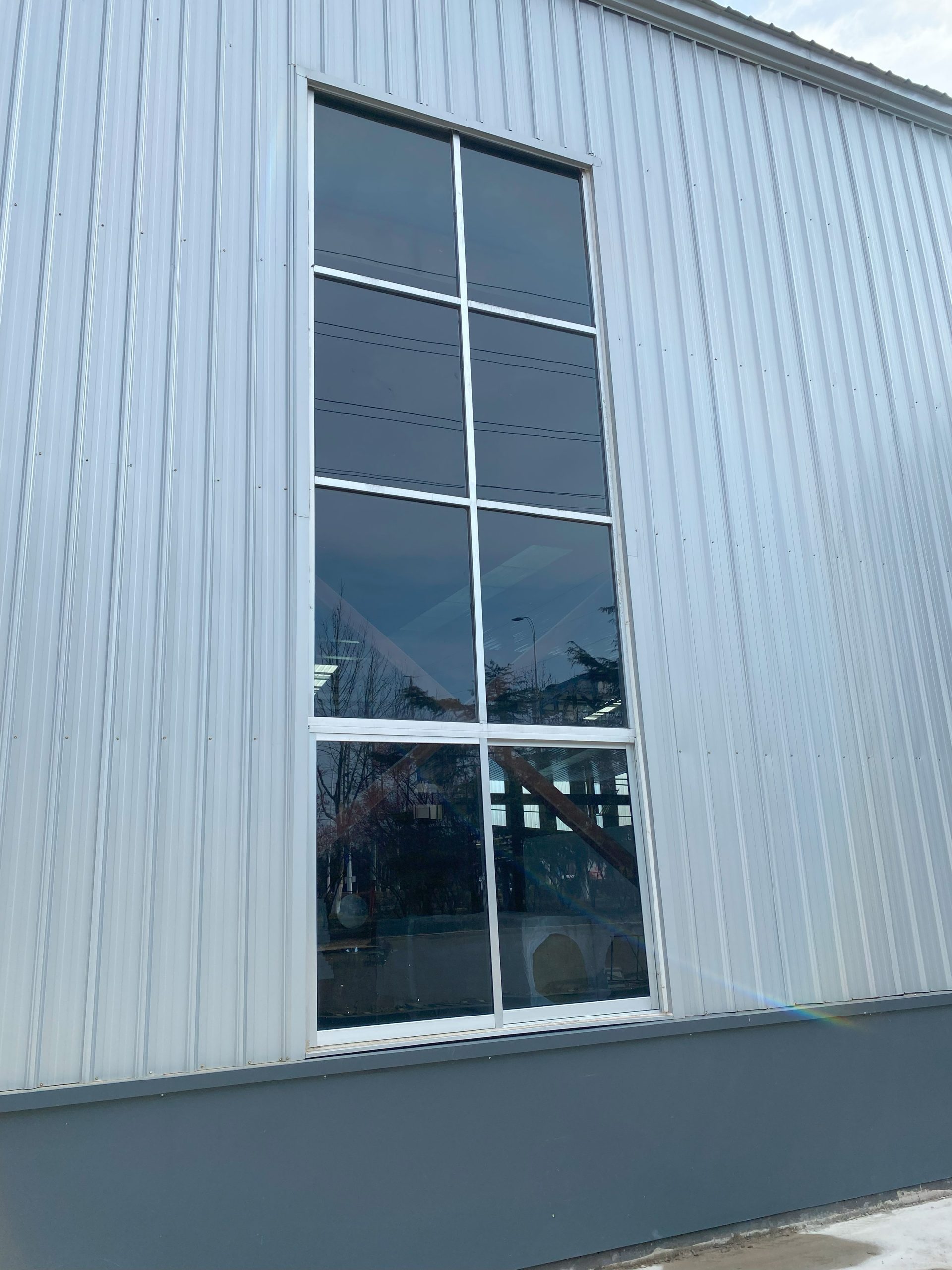
One of the key advantages of steel structures in residential construction is their strength and durability. Steel is a highly resilient material that can withstand extreme weather conditions and is resistant to pests such as termites. This makes steel structures an attractive option for homeowners looking for a long-lasting and low-maintenance building solution. Additionally, steel structures are non-combustible, which can help reduce the risk of fire damage in residential buildings.
Another factor driving the demand for steel structures in residential construction is the increasing focus on sustainability and energy efficiency. Steel is a recyclable material that can be reused multiple times without losing its strength or quality. This makes it a more environmentally friendly option compared to traditional building materials such as wood or concrete. Additionally, steel structures can be designed to maximize energy efficiency, with features such as insulated panels and reflective roofing materials helping to reduce heating and cooling costs for homeowners.
In addition to their durability and sustainability, steel structures also offer a high degree of design flexibility. Steel can be easily shaped and molded into a wide variety of architectural styles, allowing homeowners to create unique and modern living spaces. Steel structures can also be prefabricated off-site, which can help reduce construction time and costs. This makes steel structures an attractive option for homeowners looking to build a custom home on a tight timeline or budget.
Despite these advantages, the market potential of steel structures in residential construction is still relatively untapped. While steel structures are widely used in commercial and industrial buildings, they have yet to gain widespread acceptance in the residential sector. This is due in part to misconceptions about steel structures being cold and industrial-looking, as well as concerns about the cost of steel compared to traditional building materials.
However, as more homeowners become aware of the benefits of steel structures, the demand for these innovative building solutions is expected to grow. In fact, some industry experts predict that the market for steel structures in residential construction could double in the next decade. This growth is likely to be driven by factors such as increasing urbanization, population growth, and the need for more sustainable and resilient housing options.
To capitalize on this growing market potential, builders and developers will need to educate consumers about the benefits of steel structures and showcase successful residential projects that highlight the versatility and durability of steel. Additionally, policymakers and industry stakeholders can play a role in promoting the use of steel structures in residential construction by offering incentives and subsidies for sustainable building practices.
In conclusion, the market potential of steel structures in residential construction is significant, with growing demand for durable, sustainable, and energy-efficient building solutions. As more homeowners and builders become aware of the benefits of steel structures, the market for these innovative building materials is expected to expand rapidly in the coming years. By embracing steel structures in residential construction, homeowners can create homes that are not only stylish and modern but also resilient and environmentally friendly.

